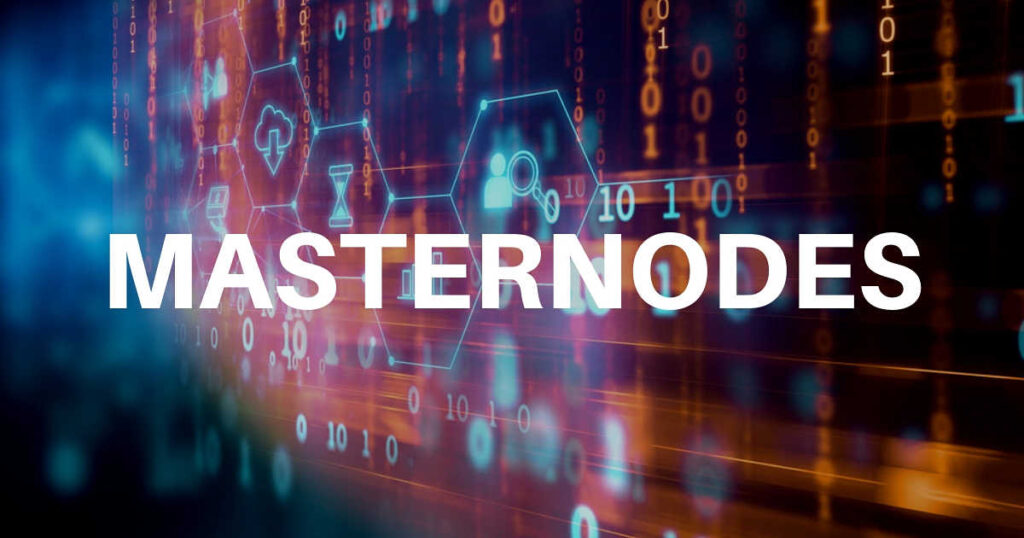
Cryptocurrency has revolutionized the way we think about money and transactions. One of the most popular aspects of cryptocurrency is mining and staking. These two terms are often used interchangeably, but they have distinct differences that are worth exploring.
Mining Cryptocurrency
Cryptocurrency mining is the process of solving complex mathematical problems to validate transactions and create new blocks on the blockchain. This process requires powerful computers, specialized hardware, and a lot of energy. Miners compete against each other to solve these complex problems, and the first miner to solve the problem is rewarded with a certain amount of cryptocurrency.
The most popular cryptocurrencies to mine are Bitcoin, Ethereum, and Litecoin. However, the mining process for each cryptocurrency is different, and the equipment and energy required vary. For example, Bitcoin mining requires ASIC miners, which are specialized machines that can solve complex mathematical problems quickly and efficiently. In contrast, Ethereum mining can be done with regular GPUs.
Staking Cryptocurrency

Staking cryptocurrency is the process of holding a certain amount of cryptocurrency in a wallet to support the blockchain network. This process involves locking up your coins for a set period of time and earning rewards for supporting the network. The more coins you stake, the higher the rewards you earn.
Staking is becoming increasingly popular among cryptocurrency investors because it is a passive way to earn rewards. It requires less energy and specialized equipment compared to mining, making it more accessible to a wider range of investors. Staking is also seen as a way to support the network and contribute to its security and decentralization.
Proof-of-Work (PoW) and Proof-of-Stake (PoS)

Proof-of-Work (PoW) and Proof-of-Stake (PoS) are two consensus mechanisms used in cryptocurrency mining and staking. PoW is the mechanism used in Bitcoin and requires miners to solve complex mathematical problems to validate transactions and create new blocks on the blockchain. PoS is the mechanism used in Ethereum and other cryptocurrencies and requires validators to hold a certain amount of cryptocurrency to validate transactions and earn rewards.
Decentralization

Decentralization is a key feature of cryptocurrency, and it refers to the distribution of power and control across the network. Decentralization is important because it ensures that no single entity can control the network or manipulate it for their own gain. Both mining and staking contribute to decentralization by supporting the network and ensuring that no single entity has too much control.
Energy Consumption

Energy consumption is a significant issue in cryptocurrency mining, as it requires a lot of energy to power the specialized hardware used in the process. This has led to concerns about the environmental impact of cryptocurrency mining, as much of the energy used comes from non-renewable sources. Staking, on the other hand, requires less energy and is seen as a more sustainable way to support the network.
Mining Pools

Mining pools are groups of miners who work together to solve the complex mathematical problems required for mining. By pooling their resources, miners can increase their chances of solving the problem and receiving the reward. Mining pools are popular among small-scale miners who may not have the resources to mine on their own.
Cloud Mining

Cloud mining is a way for investors to participate in mining without having to buy and maintain the specialized hardware required for the process. In cloud mining, investors pay a third party to rent mining equipment, and the third party handles the maintenance and operation of the equipment. Cloud mining is a convenient way for investors to participate in mining without having to invest in expensive equipment.
Masternodes

Masternodes are specialized nodes in the cryptocurrency network that perform additional functions beyond the validation of transactions. Masternodes can perform functions such as instant transactions, voting on network changes, and enforcing network rules. To become a masternode, investors must hold a certain amount of cryptocurrency as collateral, and they receive rewards for performing these additional functions.
Validators

Validators are similar to masternodes but are used in Proof-of-Stake consensus mechanisms. Validators hold a certain amount of cryptocurrency as collateral and validate transactions on the network. Validators earn rewards for performing this function, and their collateral is at risk if they validate incorrect transactions.
Choosing between Mining and Staking

Choosing between mining and staking depends on several factors, including the cryptocurrency being mined or staked, the investor’s resources and expertise, and the investor’s goals. Mining requires specialized equipment and energy, and it can be expensive to get started. Staking, on the other hand, requires less energy and equipment, and it can be a passive way to earn rewards. Investors should carefully consider these factors when choosing between mining and staking.
Conclusion
Cryptocurrency mining and staking are two essential processes in the world of cryptocurrency. Mining involves solving complex mathematical problems to validate transactions and create new blocks on the blockchain, while staking involves holding a certain amount of cryptocurrency to support the network and earn rewards. Both processes are essential for the security and decentralization of the network, and they have distinct differences in terms of equipment, energy consumption, and rewards. By understanding the basics of mining and staking, investors can make informed decisions about how to participate in the cryptocurrency ecosystem.









